Winning Two AIA | LA Residential Awards Last Month, Monika Haefelfinger is Soaring Atop the Architecture Field
Multi-award-winning architectural firm XTEN just got a little more decorated. The L.A. and Switzerland-based firm just racked up two more American Institute of Architects | LA residential awards—bringing its AIA award count up to a whopping 20—in recognition of its latest builds Skyhouse and INO House. (Lest you think AIA hands these awards out like candy, we can affirm that they definitely don’t!) These accolades seem particularly significant: Founded in 2000, XTEN’s 20th anniversary is now marked by its 20th award.
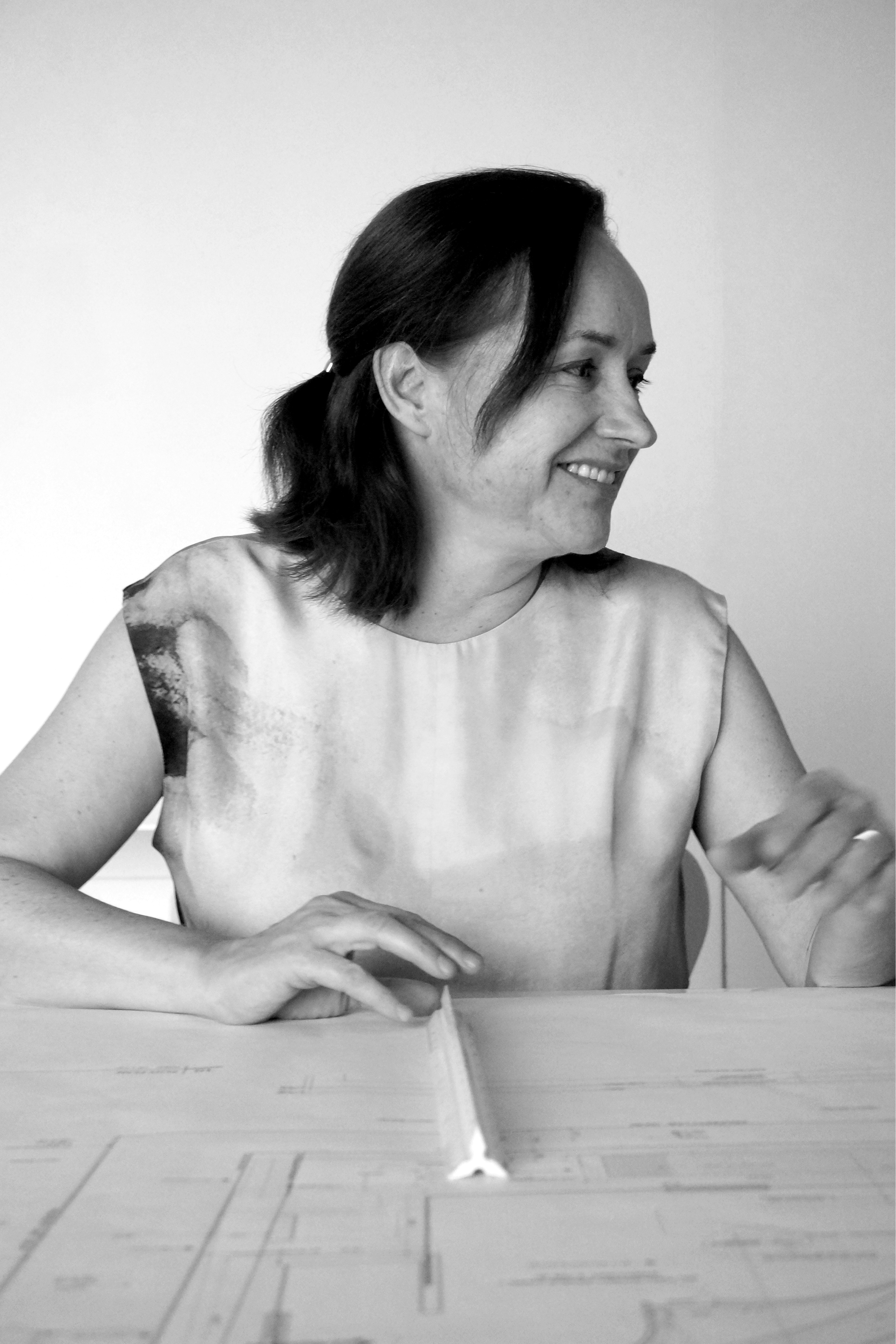 | 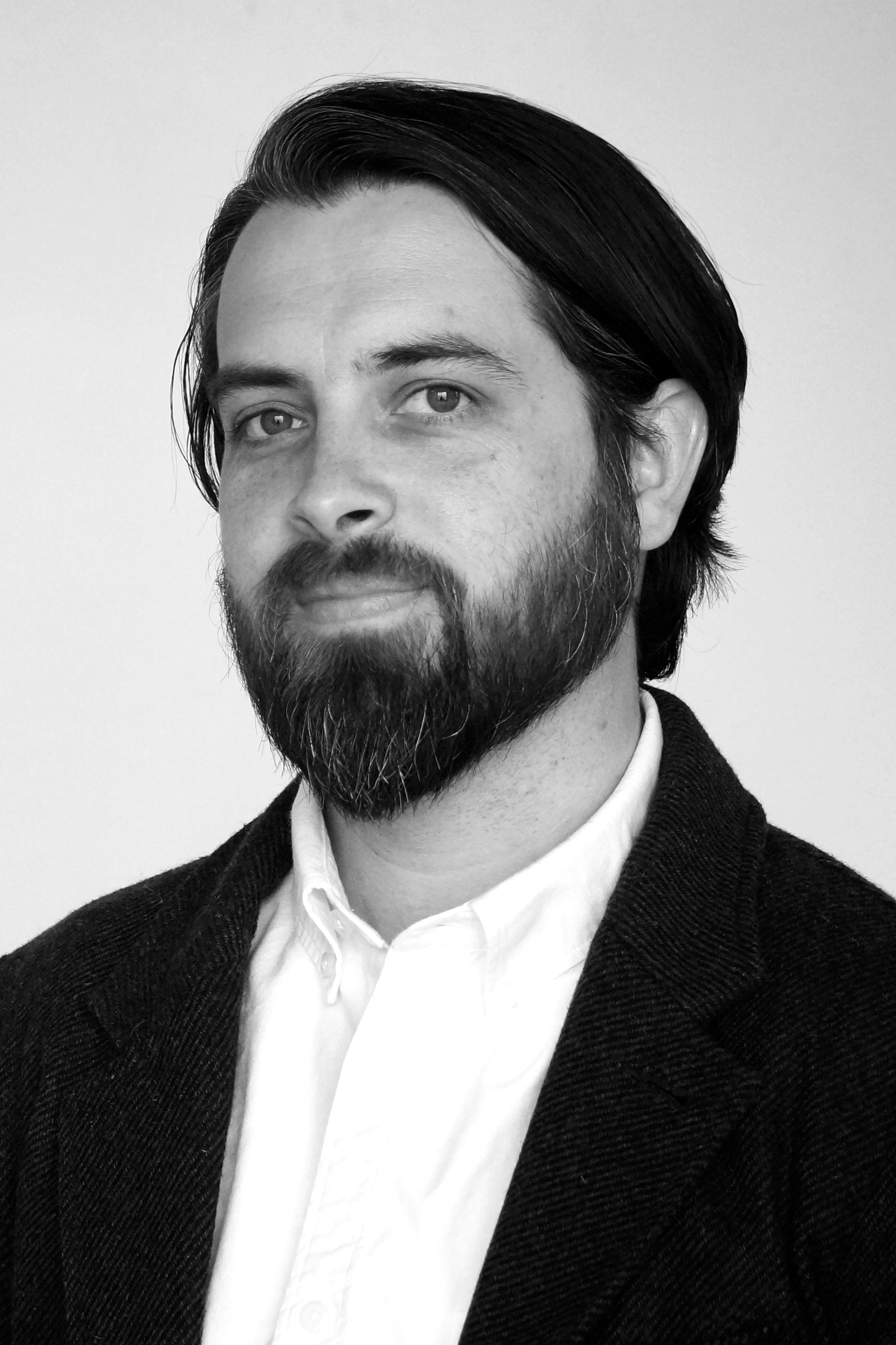 |
The firm, whose name and ethos is inspired by the famous short film on scale, Powers of Ten by Ray and Charles Eames, is known for work that blends Swiss precision with an experimental spirit unique to L.A. It’s a perspective drawn straight from the mind of principal designer and president Monika Haefelfinger. Swiss-raised Haefelfinger co-founded XTEN with her late husband, the architect Austin Kelly, and now leads it with principal Scott Utterstrom. We caught up with the top-of-her-game designer to talk about what underlies the firm’s success and where they’re going from here.
Snyder Diamond: Congratulations on your latest awards! Tell us about Skyhouse first—we’ve heard it was inspired by a museum in your native Switzerland?
Monika Haefelfinger: I was living in Basel when the Fondation Beyeler museum opened, which Renzo Piano designed in the mid-90s. For the project, he picked up on these stone walls that you see in the agricultural fields nearby, and based the design on them, creating these massive parallel walls with a lightweight series of skylights hovering above, filtering the light into the galleries below. Not to say that Skyhouse looks anything like the museum, but some of those conceptual ideas translated into the design of this house. We basically have a series of four solid volumes with the space between them as a more public area—like the living room—and that whole area is covered by a series of skylights. They’re square, and kind of dome-shaped. It was more inspired by the cityscape of L.A., which you see when you’re at the house. So instead of the agricultural linear fields, the inspiration here was to take the city grid and bring that into the house. When you’re up there, it’s very private. You see the city lights at night, and you kind of have this echo of experience when you’re in the house. It was an important building for me, just to understand light and shadow and the power of these soft spaces that are created when you can work with light to filter it and bring it inside, softly. That was the genesis of it.
SD: Your other recognized building is INO House—which is, refreshingly, your own house. Tell us the intention behind the design, which looks intriguingly like a series of stacked blocks.
MH: Actually, you know the game Jenga, where you shift and push and pull blocks? It’s a similar play on the facade, with light and shadows. This house is near Larchmont Village, in the flats of L.A. So we’re not perched on a mountaintop taking in a view. It’s more about looking inward. We’ve lived on this lot for over 12 years, and it had become a sort of constant ‘the shoemaker’s shoes always come last’ kind of thing—so it was finally time. And it was a lot of fun, doing something for myself. I probably have about 10 sketchbooks filled with drawings for it over the years. If you compare Skyhouse to INO House, Skyhouse is very horizontal, with four volumes that sit on one plane, and INO house is stacked vertically, like you’d find in a Japanese house. The goal was to create a very small building footprint so that we’d have a backyard.
SD: What a place to live in, especially this year, when so many of us have spent much more time at home. But tell us more about your firm’s overall philosophy.
MH: I didn’t realize when I was growing up that Swiss culture is very methodical and systematic and ordered. When I was at school here, my professors would always say of my work, ‘Oh that’s very Swiss, that’s very rational.’ I didn’t realize then what they meant; it was just part of me. But California’s spirit is more free and open. I’m always trying to bridge the very ordered with a more sculptural, almost ephemeral quality. At the end of the day, our work is to create things that are very simple but very harmonious. It’s about reduction and refinement. And I think the word ‘simple’ is maybe a bit off-putting to some people. But there’s really something to working with fewer and fewer elements, and making them the best that they can be.
SD: What or who inspired you to get into architecture initially?
MH: I come from a family of architects and artists. So just growing up I was exposed to a lot of architecture. My dad was an architect, my brother’s an architect, my husband was an architect. My sister is an artist, she’s a photographer. One of my big heroes from my childhood was my great uncle: He had an art studio in Zurich, he was a sculptor. Initially I wanted to do what he does. I’m currently working with my Dad and my brother on a project in our hometown. It’s just part of our family. And I really love the work, I enjoy being inventive.
SD: We’ve noticed that there are few female architects quite up to your level. Who else inspires you?
MH: Architect Zaha Hadid and landscape architect Andrea Cochran are prime examples of people whose work I admire. But we do need more women in this field; it's valuable to have more voices and I think it's important for women to create buildings. I’m hopeful that the trend is going up. I’m just amazed that in 2020 it's still unusual.
SD: The pandemic has touched us all, and we’re curious if you have any thoughts about how it might affect the future of design?
MH: I think the pandemic will have a big impact, even when it’s over. Office space is going to be really reconsidered, in the sense of, what do we really need? We’re working on our firm’s new office space, and it’s almost like we want to recreate the outdoors—it just feels more healthy and comfortable. We’re really trying to think deeply about it. Like, what is a nice conference room, what does that look like? How will seating arrangements be, how close should people be together? The whole idea of creating space with cross-ventilation, that feels more like a healthy environment with fresh air, where you feel comfortable, I think that’s a big thing. In SoCal, we may just need to learn to use less air conditioning and take a greater advantage of our weather. It's a very interesting design challenge.
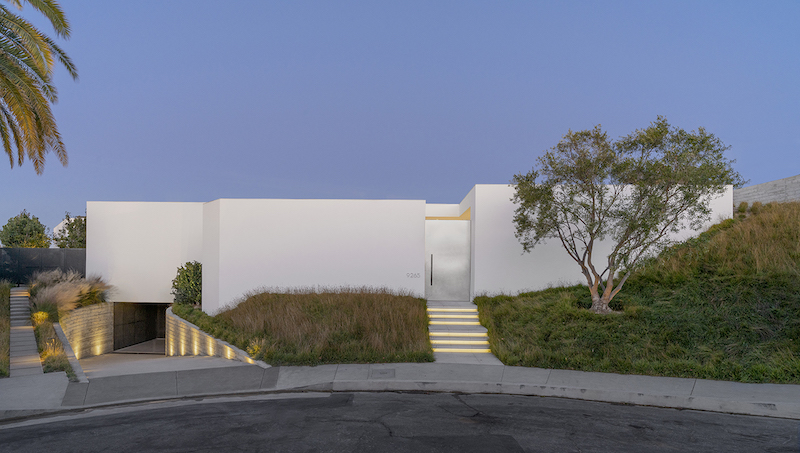 Skyhouse, Los Angeles
Skyhouse, Los Angeles
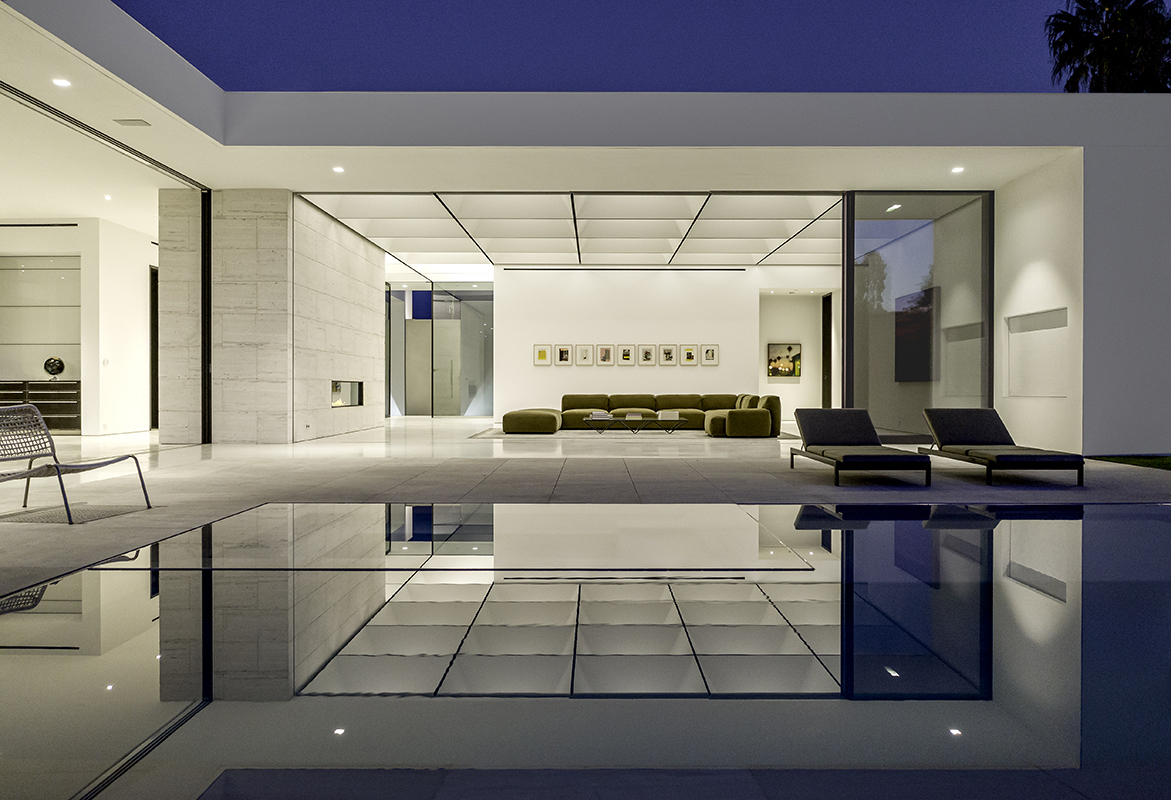 Skyhouse, Los Angeles
Skyhouse, Los Angeles
Snyder Diamond and Gaggenau are honored to support AIA|LA’s Case Study Virtual Tour of the Award-Winning Skyhouse with XTEN Architecture on August 12th. Click here for more information.
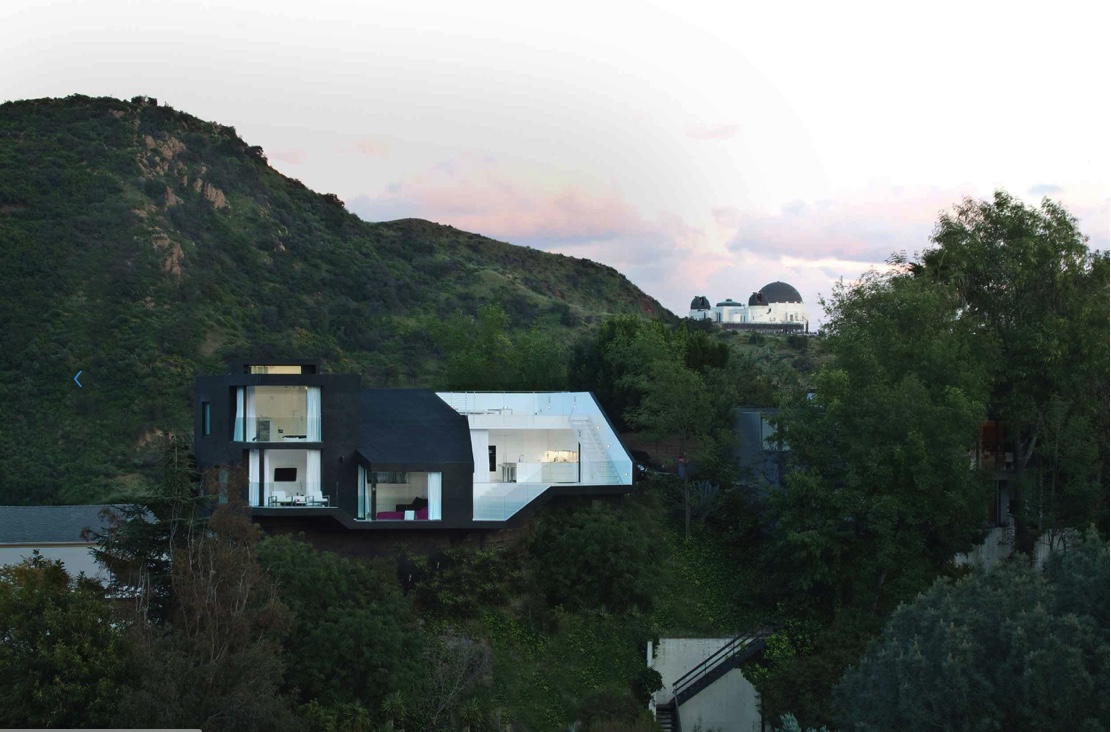 Nakahouse, Los Angeles
Nakahouse, Los Angeles
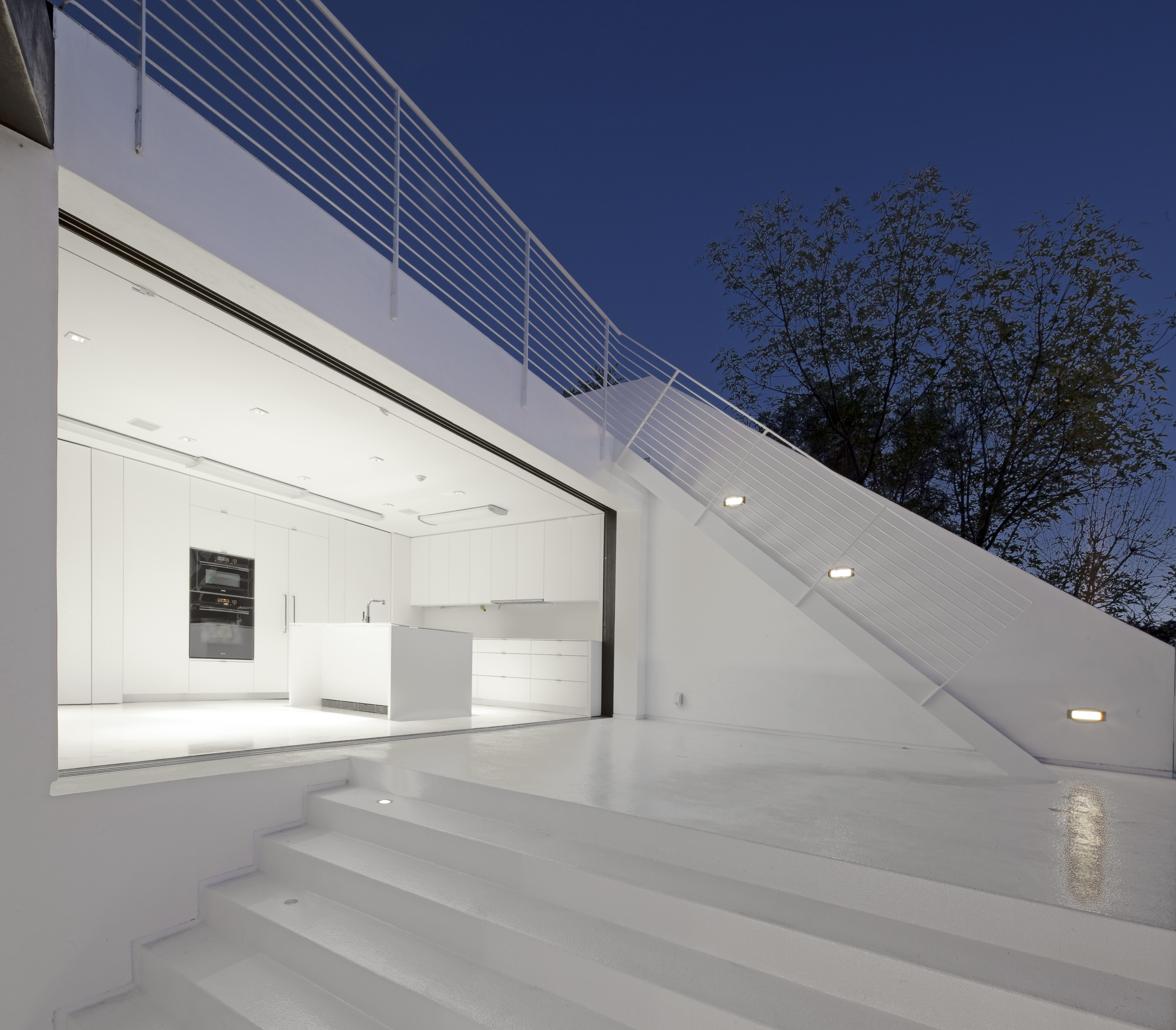 Nakahouse, Los Angeles
Nakahouse, Los Angeles
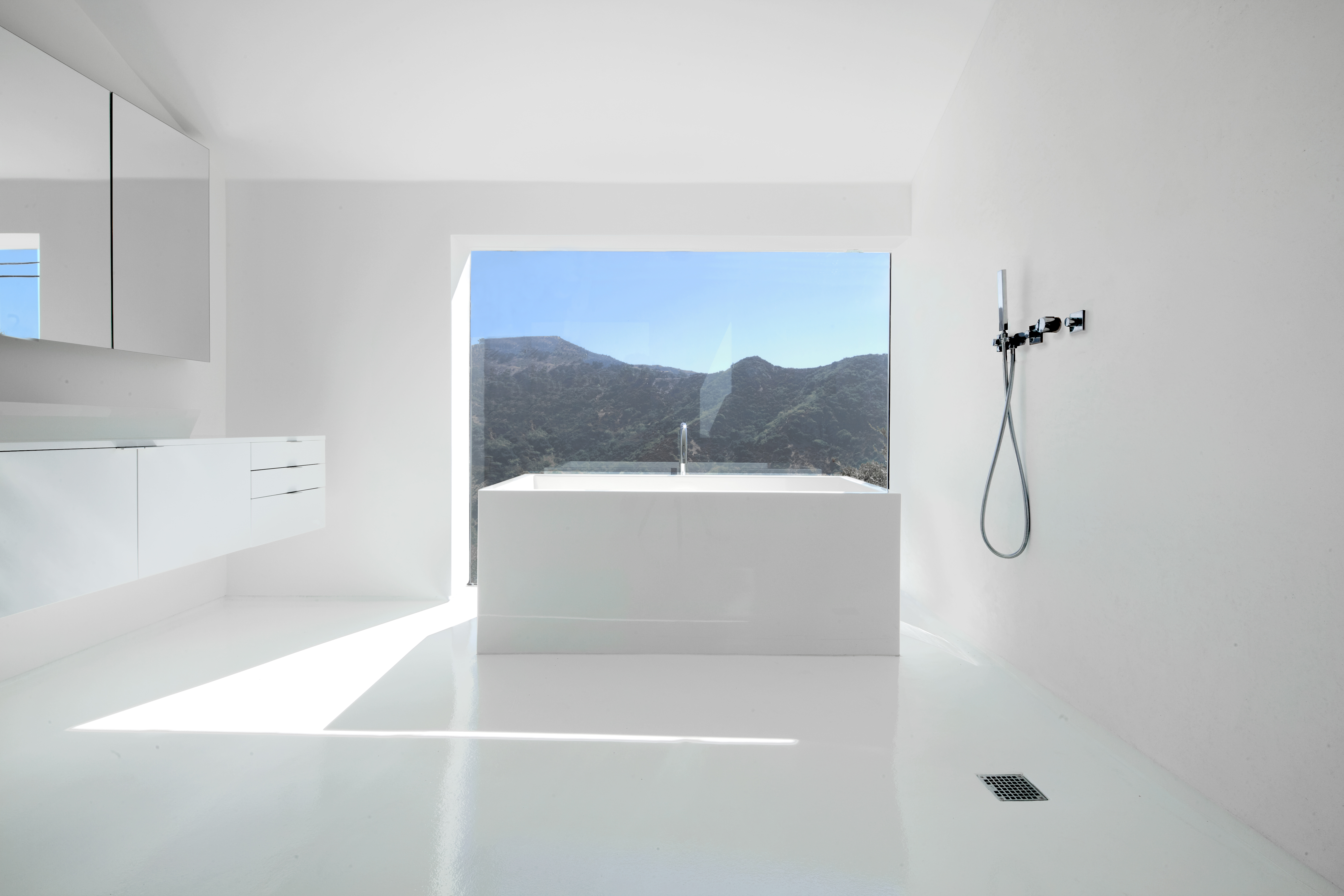 Nakahouse, Los Angeles
Nakahouse, Los Angeles
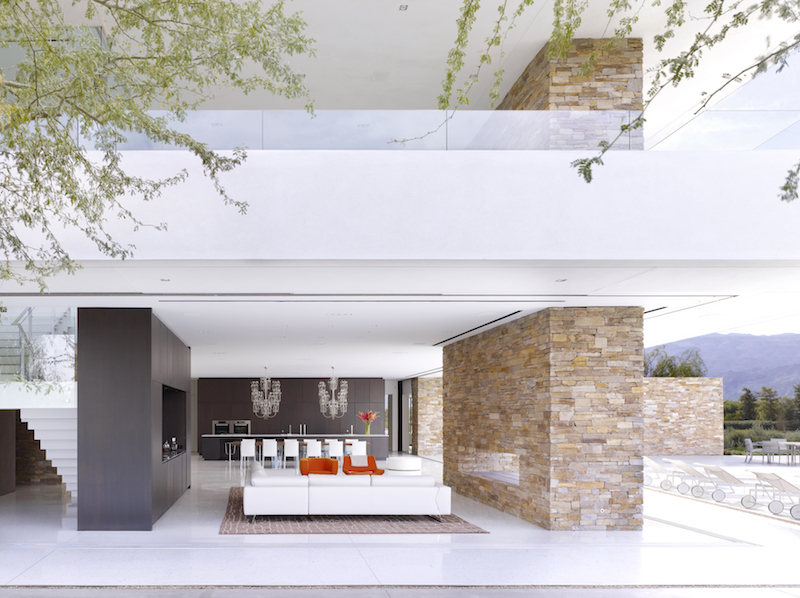 Madisonhouse, La Quinta
Madisonhouse, La Quinta
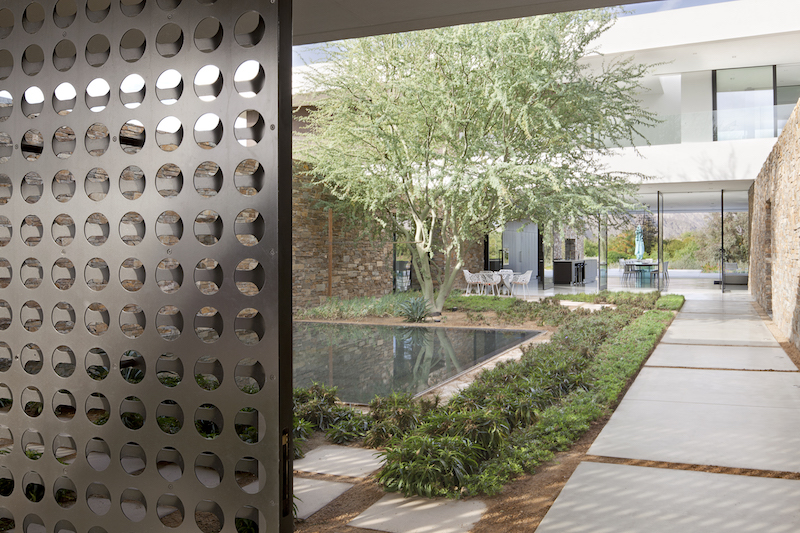 Madisonhouse, La Quinta
Madisonhouse, La Quinta
 RF House, Los Angeles
RF House, Los Angeles
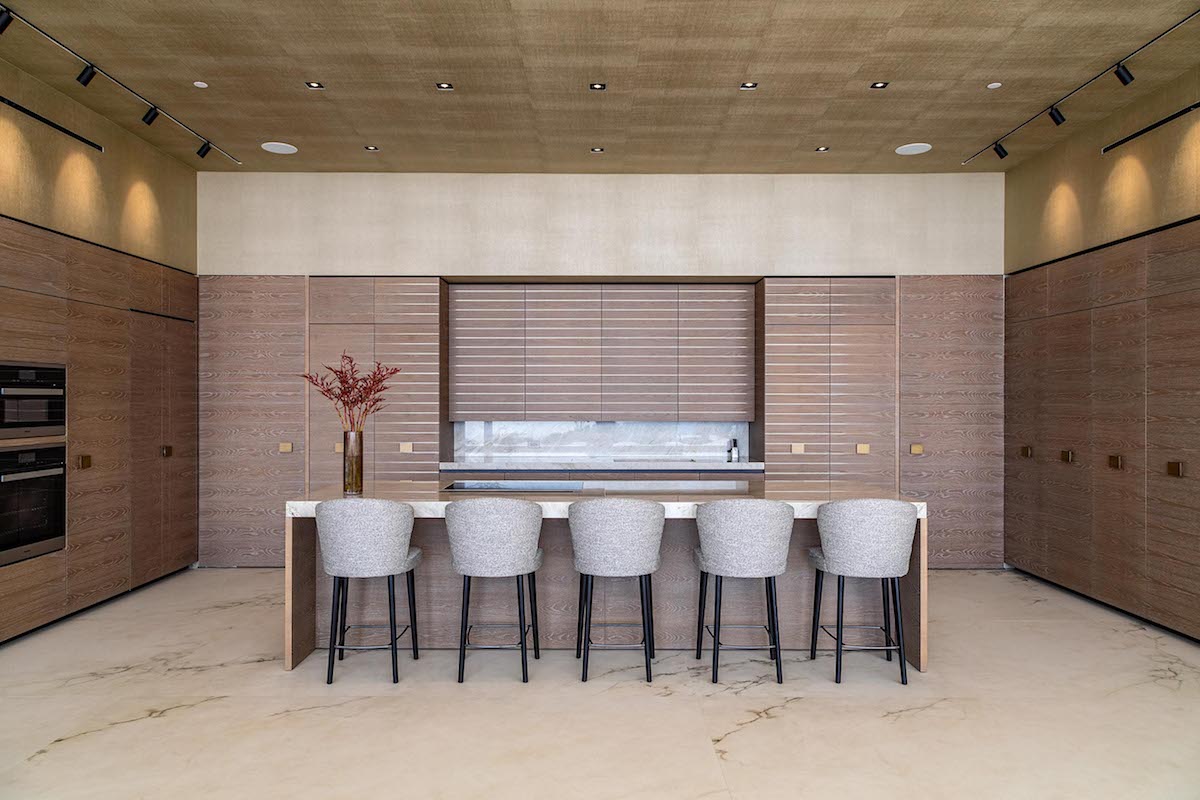 RF House, Los Angeles
RF House, Los Angeles
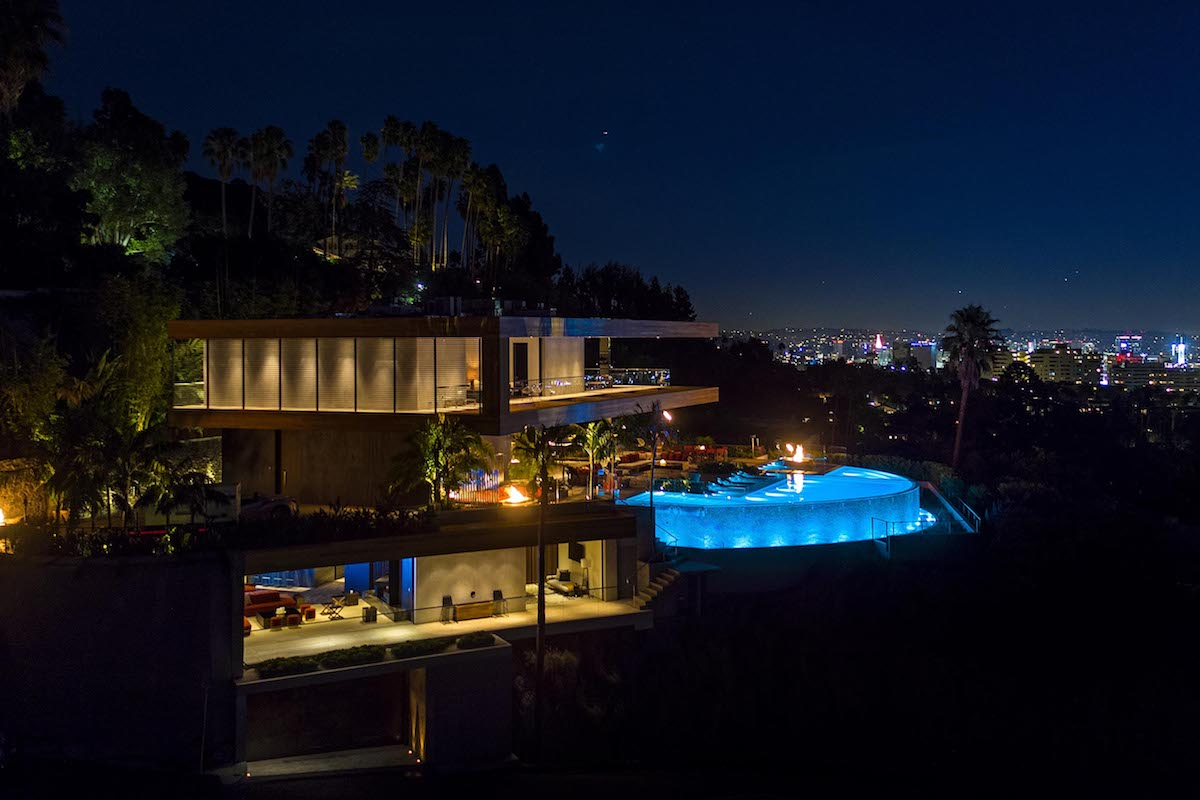 Stanley House, Los Angeles
Stanley House, Los Angeles
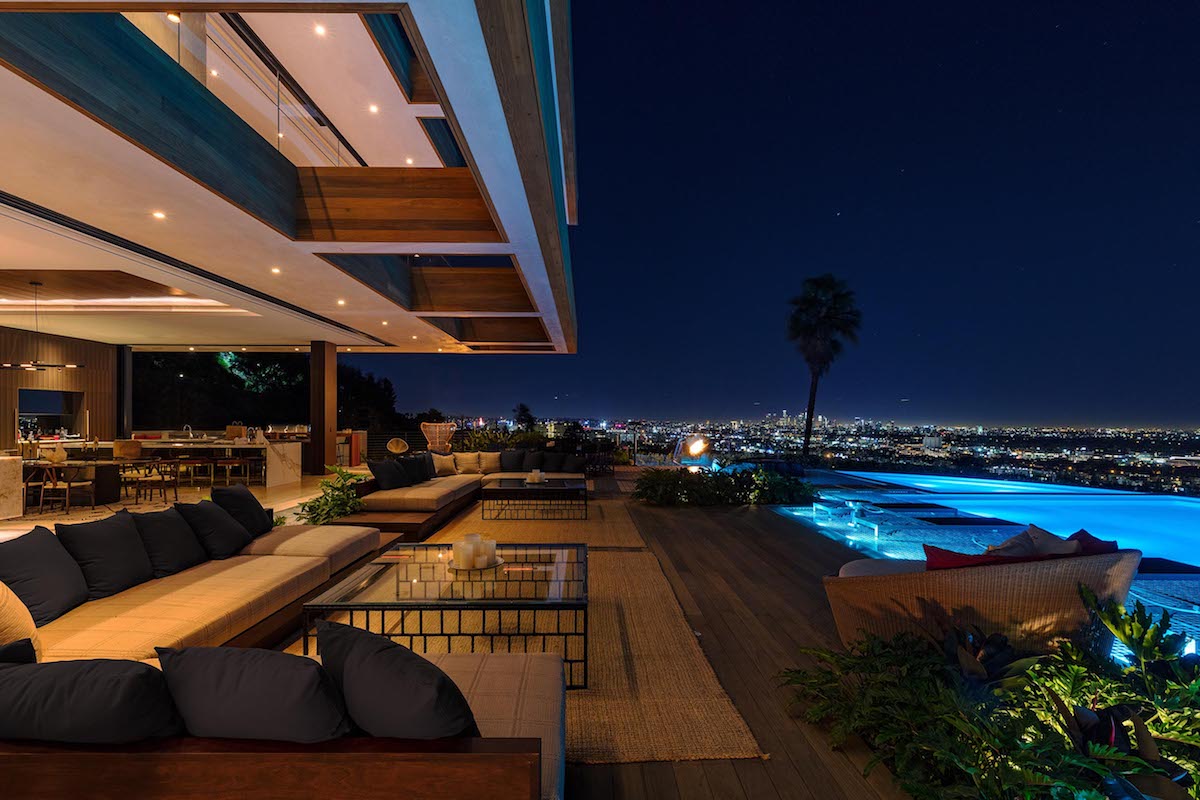 Stanley House, Los Angeles
Stanley House, Los Angeles
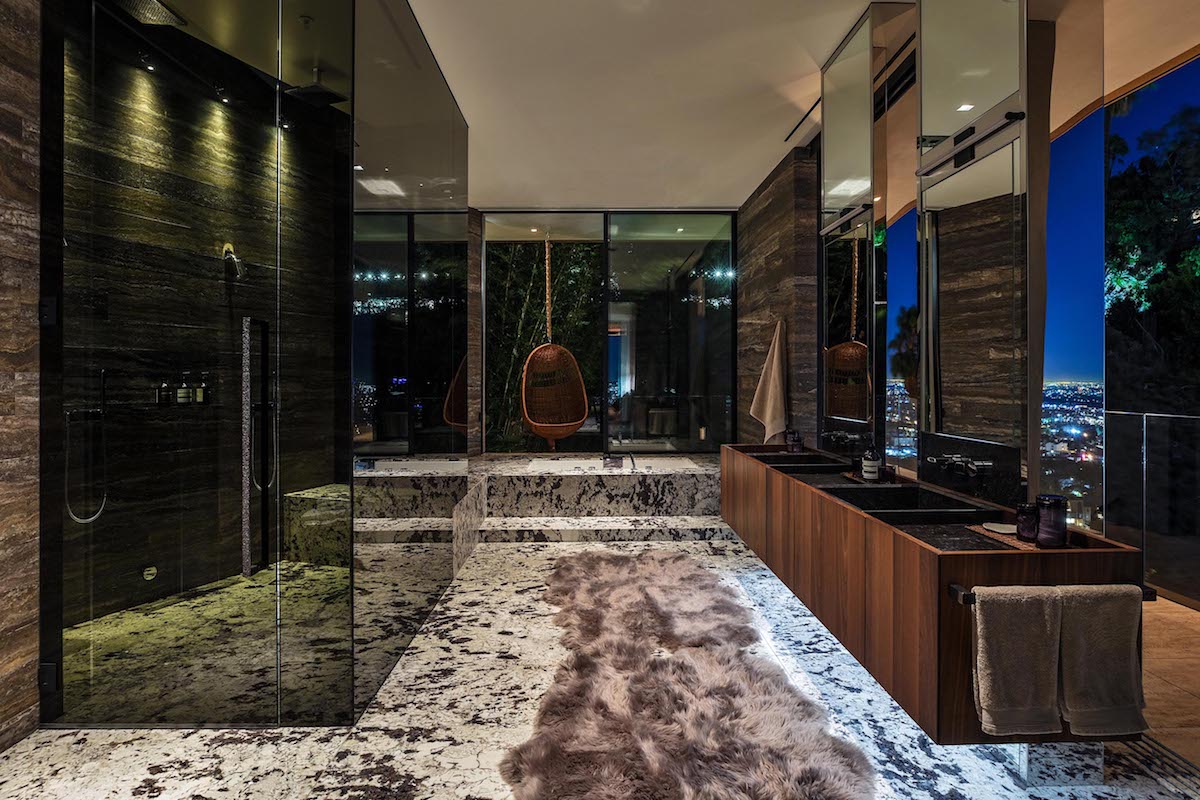 Stanley House, Los Angeles
Stanley House, Los Angeles
Follow XTEN on Instagram at @xtenarchitecture
Photo Credit: Steve King




